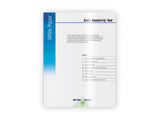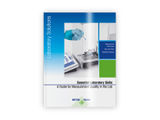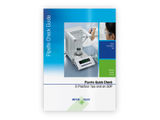To use all functions of this page, please activate cookies in your browser.
my.bionity.com
With an accout for my.bionity.com you can always see everything at a glance – and you can configure your own website and individual newsletter.
- My watch list
- My saved searches
- My saved topics
- My newsletter
Ramsay Hunt syndrome type I
Ramsay Hunt syndrome (RHS) type 1 is a rare and nebulous entity that has alternatively been called dyssynergia cerebellaris myoclonica, dyssynergia cerebellaris progressiva, dentatorubral degeneration, or Ramsay Hunt cerebellar syndrome.[1][2] Additional recommended knowledgeIt is characterized by seizures, cognitive impairment, action myoclonus, and progressive ataxia. Symptoms include seizures, tremor, and reduced muscle coordination. Myoclonus and seizures may be treated with drugs like valproate. RHS type 1 is caused by the impairment of a regulatory mechanism between cerebellar and brainstem nuclei and has been associated with a wide range of diseases, including Lafora disease and celiac disease.[3][4] See also
References
|
||||
| This article is licensed under the GNU Free Documentation License. It uses material from the Wikipedia article "Ramsay_Hunt_syndrome_type_I". A list of authors is available in Wikipedia. |







